HILTON HEAD ISLAND ~ A PERIOD OF MANY CHANGES
Posted by Bill True on Wednesday, April 18th, 2018 at 12:17pm.
1700 TO 1900: FROM AGRICULTURE THROUGH THE CIVIL WAR AND RECONSTRUCTION BACK TO AGRICULTURE
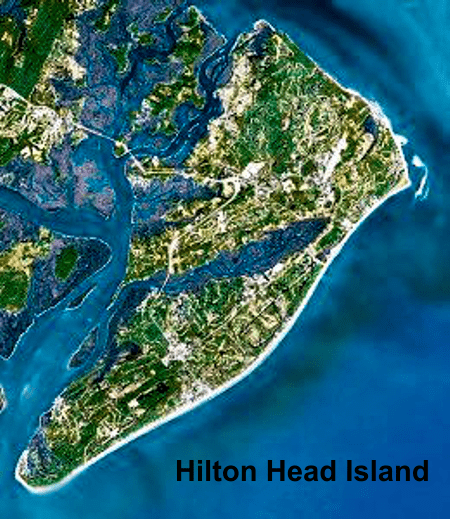 For those of us that have the good fortune to live in the Hilton Head Island – Bluffton region of the South Carolina Lowcountry, our reality is somewhat surreal. Our weather is ideal, with an average year-round temperature of 65.6 degrees, the most inviting beaches on the East Coast, and we are surrounded by waterways and twenty-nine tournament-grade golf courses. Is it any wonder that eight of the ten top employers on Hilton Head Island are tourism industry related?
For those of us that have the good fortune to live in the Hilton Head Island – Bluffton region of the South Carolina Lowcountry, our reality is somewhat surreal. Our weather is ideal, with an average year-round temperature of 65.6 degrees, the most inviting beaches on the East Coast, and we are surrounded by waterways and twenty-nine tournament-grade golf courses. Is it any wonder that eight of the ten top employers on Hilton Head Island are tourism industry related?
This is a recent change in the cultural and economic characteristics of the region. So, let us journey back in time to the eighteenth and nineteenth centuries and try to visualize our beginnings.
Modest Beginnings
In 2016, the latest date for which we have data, the population of Hilton Head Island was approximately 40,500. It took Beaufort County, which was founded in 1769, until 1962 to reach that number of residents for the entire county.
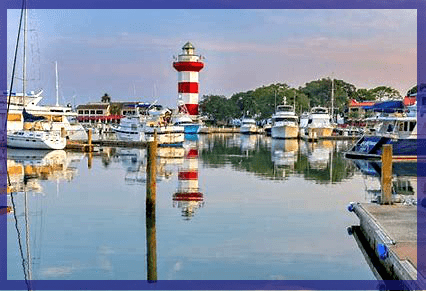 During those almost two centuries, the Lowcountry went through slow growth but many changes. The economy for the 1700s and 1800s was driven and sustained by agriculture, fishing and ship building, not industries known for being the foundation for rapid and extensive population growth. On the other hand, they are industries that provide a stable foundation for an area and a culture.
During those almost two centuries, the Lowcountry went through slow growth but many changes. The economy for the 1700s and 1800s was driven and sustained by agriculture, fishing and ship building, not industries known for being the foundation for rapid and extensive population growth. On the other hand, they are industries that provide a stable foundation for an area and a culture.
One added factor that kept annual growth in the Lowcountry population at a single digit for almost 200 years was a little-known fact outside of the Lowcountry.
Every group that migrated to Hilton Head and Bluffton destroyed most of the property and infrastructure of their predecessors.
Regular Upheaval
1779 - Privateers sailing with the British navy burned many houses on Skull Creek and around the island on their way to Beaufort and Charleston. Hilton Head residents tended to be Patriots, while Daufuskie residents were Tories.
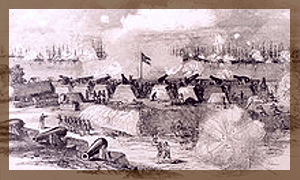 1780 - Daufuskie Islanders burned several Hilton Head homes, including the Talbird home.
1780 - Daufuskie Islanders burned several Hilton Head homes, including the Talbird home.
1813 - During the War of 1812, British forces landed on Hilton Head Island, burning many of the houses along Skull Creek.
1860 – 1865 - The Civil War and the Union Occupation. On November 7th, 1861 Union forces attacked Fort Walker (later renamed Fort Welles in honor of Gideon Welles, secretary of the Navy) and Fort Beauregard in the Battle of Port Royal. Nearly 13,000 Union troops flooded onto the island in the days after the battle.
But the original settlers and landowners were a hearty group, developing a robust return to their baseline industries.
In the 1760s, Beaufort County's shipbuilding industry was one of the largest in the 13 colonies. The deep-water creeks around Hilton Head and the prevalence of hardwoods (like live oak) made the island a popular place for shipbuilding. The USS Constitution, "Old Ironsides," was rebuilt in 1997 using live oaks felled during construction of Hilton Head Island's Cross Island Parkway.
The Lowcountry's Robust Agriculture
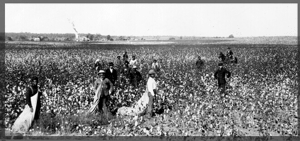 South Carolina, particularly the Lowcountry has always produced abundant crops.
South Carolina, particularly the Lowcountry has always produced abundant crops.
Farming has been the base of South Carolina’s economy since the settlement of the American colonies. The native Americans grew beans, pumpkins, onions, melons, and maize, and British colonists adopted the planting of these crops and introduced indigo (The plant used to create the base color Indigo), cotton, tobacco, ginger root and rice.
Later these European colonists brought livestock into South Carolina, namely cattle, chickens and hogs. To this day the descendants of the hogs can be found in large numbers in the woods throughout Hilton Head and Bluffton and today chickens account for almost thirty-percent of the State’s total agricultural revenue
Because of the relative ease of reviving the plantations and farms after each destructive disruption, the area always returned to agriculture, right up to the early twentieth century.
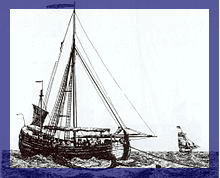 Coming up close behind agriculture has always been fishing.
Coming up close behind agriculture has always been fishing.
So, for well over two centuries South Carolina’s Lowcountry could always rely on farming and fishing to survive if not to prosper.
That all ended mid-twentieth century when the paradise we all have come to know and love, was born. In 1956 - Charles E. Fraser, bought his father's interest in The Hilton Head Company and began developing it into Sea Pines Plantation.
But more about that in a later installment.
-Bill True



